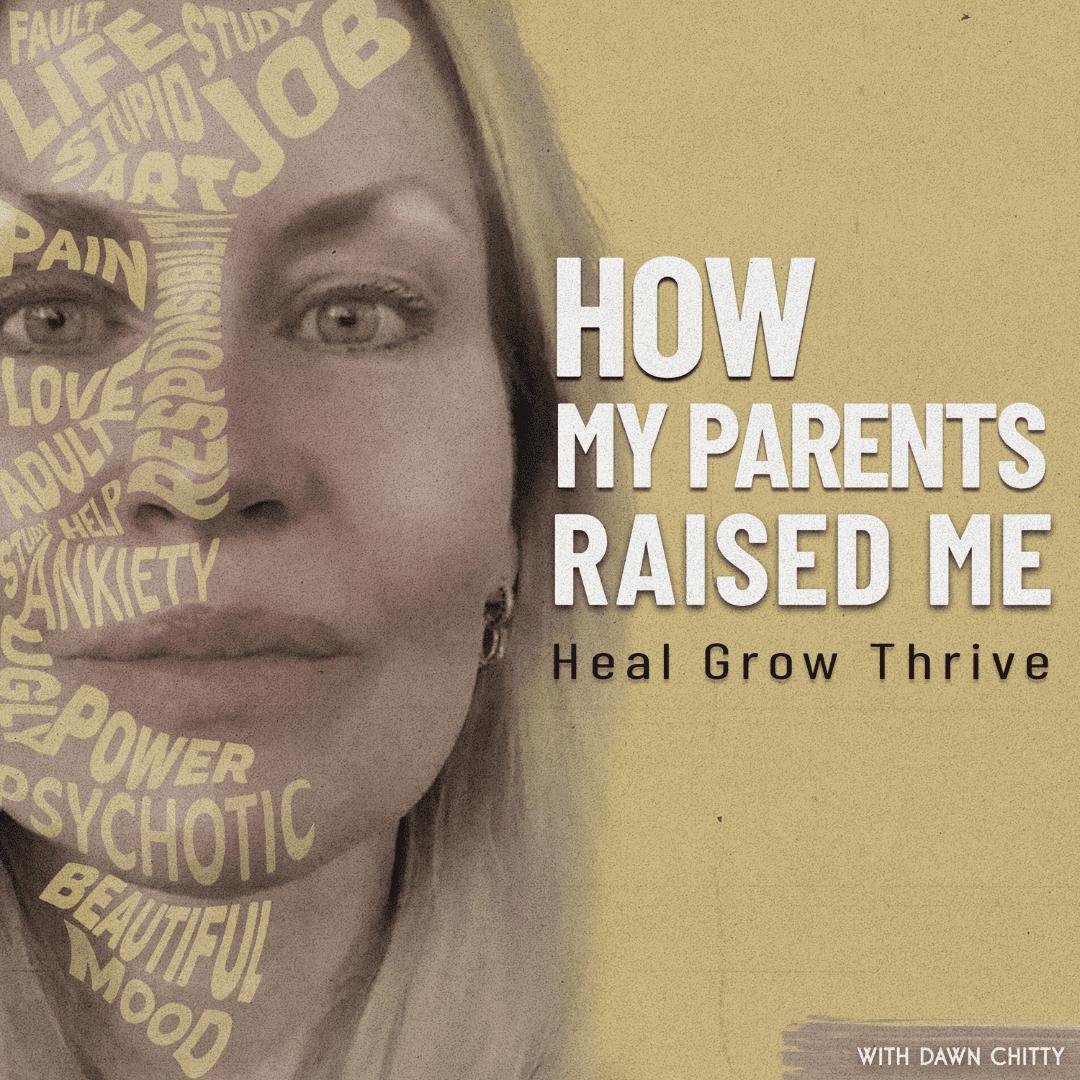‘If we could prevent childhood trauma we could reduce the number of adults with depression by as much as 44%’
Centers For Disease Control & Prevention
Childhood trauma refers to a scary, dangerous, violent, or life threatening event that happens to a child (0-18 years of age). Trauma can change your nervous system and in this blog post we are looking at five ways to deeply calm and regulate your nervous system.
Not all overwhelming or life threatening experiences are considered traumatic. Children interpret their unique experiences differently. A life experience that is traumatic for one child might not be traumatic for another.
What happened to you growing up will affect you profoundly. It can deeply impact your ability to deeply regulate and calm your nervous system.
What causes childhood trauma?
There are the 10 Adverse Childhood Experiences as outlined in the CDC-Kaiser Permanente Adverse Childhood Experiences Study. An ACE score is a measure of different types of abuse, neglect, and other hallmarks of an abusive or abandoning childhood. Find out your ACE score here.
dee

Here are the 10 Adverse Childhood Experiences:
- Physical Abuse
- Sexual Abuse
- Emotional Abuse
- Physical Neglect
- Emotional Neglect
- Mental Illness
- Incarcerated Relative
- Mother Treated Violently
- Substance Use
- Divorce
What Does Trauma Do To Your Nervous System?
Did you ever come face to face with an angry dog and find yourself frozen to the spot? Did you feel shaky, sweaty, nauseous?
Have you ever run into someone who has treated you badly in the past. Someone you were not expecting to see? Did you feel hot and shaky, unable to speak, or ready to run?
That reaction in your body is your nervous system keeping you safe.
The chain of bodily reactions begins in your amygdala, the part of your brain responsible for processing fear. The amygdala responds by sending signals to the hypothalamus, which stimulates the autonomic nervous system (ANS)
.
The autonomic nervous system consists of the sympathetic and parasympathetic nervous systems. The sympathetic 1 nervous system drives the fight-or-flight response, whilst the parasympathetic nervous system drives the freeze response. How you react depends on which system dominates the response at that time.
The Four Nervous System Responses
1 Fight
Is your body’s reaction to eliminate danger.
2. Flight
Is your body’s reaction to move away from danger.
3. Freeze
Is when your body immobilizes to reduce the risk of danger.
4. Fawn
Your body goes into pleasing the potential threat to reduce the risk of harm.
In general, when your autonomic nervous system is stimulated, your body releases the hormones adrenaline and cortisol. These hormones are released quickly and have an impact on the way your body deals with the imminent threat.
How can I tell When my nervous system is activated?
Rapid breathing and increased heart rate as more oxygen is pumped into the muscles in order to escape the danger.
Pale or flushed skin as the blood is redirected to key muscles.
Shaking or trembling as muscles prepare to move.
Hands and feet get cold as the blood moves away from these areas to key muscles.
Dilated pupils to allow more light to see the danger more clearly.
Dry mouth as the salivary glands can temporarily stop producing saliva due to constriction of blood vessels around the mouth.
Pain perception decreases as your focus shifts to danger.
Clearer hearing as your ears are on high alert and your hearing becomes sharper.

Top 5 Tips To Deeply Calm and Regulate Your Nervous System
There are so many things that can be done to deeply calm and regulate a frazzled nervous system! Each one is primarily concerned with looking at your past and how it is affecting you in the present, to become more connected to your body, to move your body and physically release held trauma.
1 Ask Yourself ‘What Is Triggering Me?’
It is important to identify what triggers you from the past and how it shows up in the present. You can journal and explore your past and yourself to see why you react the way you do.
Why does running into an old friend trigger something strong in you? What happens to your body when a door slams unexpectedly? Journaling helps to release the trauma you are holding onto by getting it out onto the page. The benefits of releasing trauma are HUGE!
2 Bring More Awareness To Your Body
Most of us are very disconnected from our body. When you are triggered, you might have a strong reaction in your body, but have you learnt to connect into that feeling? Do you question it? Reducing your body’s overactive nervous system responses is about gaining an understanding of what is happening. Learn to breathe, scan your body for tension and stress, meditate and exercise to release that held trauma are all good ways to do this. You may enjoy a massage too!
3 Bring More Awareness To Your Environment
Connect with the sunshine, the forest, the beach. Walk barefoot and feel the earth, sand and grass beneath your feet. Feel the sun on your face. Connect in with the environment around. It will help to calm your nervous system.

4 Invest In Safe Relationships
Do you spend time with people that constantly trigger your nervous system? Do you feel safe with the people you choose to spend time with? It is important to cultivate relationships where you feel safe and supported.
5 Find A Counsellor That Gets You
Find a trauma informed therapist and work with them to reduce the effects of your trauma.
Your nervous system has been trying to save you your entire life. It remembers the trauma and it wants to keep you safe. Learning to manage those nervous system responses will literally change your life.
For a fantastic podcast episode on healing your nervous system GO HERE










